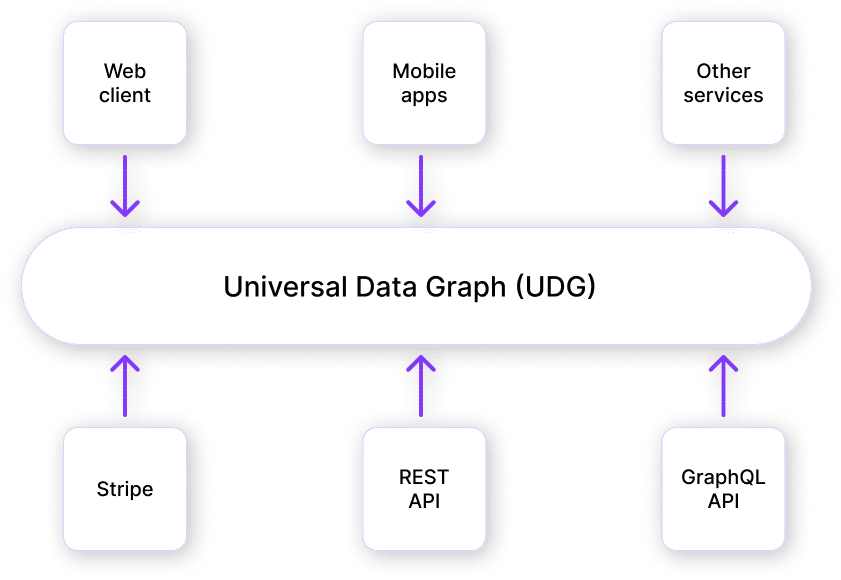Data mesh – is your business benefitting yet?
Data is a valuable product that can drive decisions at every level of your business.
Are you getting the best from it?
So you have a central data system – a data lake full to the brim with useful information. Excellent. But if you want to query and analyse that data in an easy-to-understand, clean and aggregated way, you’ll need a specialist team to work with it, right? Actually, no, not any more…
Enter data mesh. Data mesh can make your data available to all those who need to use it – and not just available, but secure and easy to access. It can level up your business intelligence (BI) in whole new ways.
Change the way the organisation thinks
Data mesh isn’t just about technology. It’s a change of mindset. Data becomes a product in and of itself, shifting the way your organisation reaches decisions.
Eliminate the bottlenecks
Having to wait for a specialist BI team to analyse data each time another team has a query can lead to serious bottlenecks. With data mesh, individual teams can access and use their data without delay.
Drive up quality, as well as speed
With data mesh, you can aggregate and analyse data faster. You can also increase quality, as the people working directly with the data in each team understand it best.
Introducing Universal Data Graph
Imagine an environment where you can rapidly glean business insights from pretty much any data source.
Where you can take APIs from different teams and combine them into one unified interface – one unified API. This is where Universal Data Graph (UDG) comes in.
By providing a universal interface, UDG allows organisations to take a decentralised approach, where each team creates, aggregates and analyses its data and makes it discoverable via an API. By connecting different teams’ APIs into the Universal Data Graph, which meshes them together, the organisation achieves a single API that provides the answers to all possible questions. All of them.
What’s the long-term goal for your data?
It can make a lot of sense to have the aggregation and analysis happening inside each domain, with the team that understands it best. You can then build a framework that allows individual teams to build “tiny BIs” in a fixed way that’s compatible with the company’s other BIs. Then you just need a tool to glue it all together: Universal Data Graph.
Jens Neuse, Technical Director, Tyk
